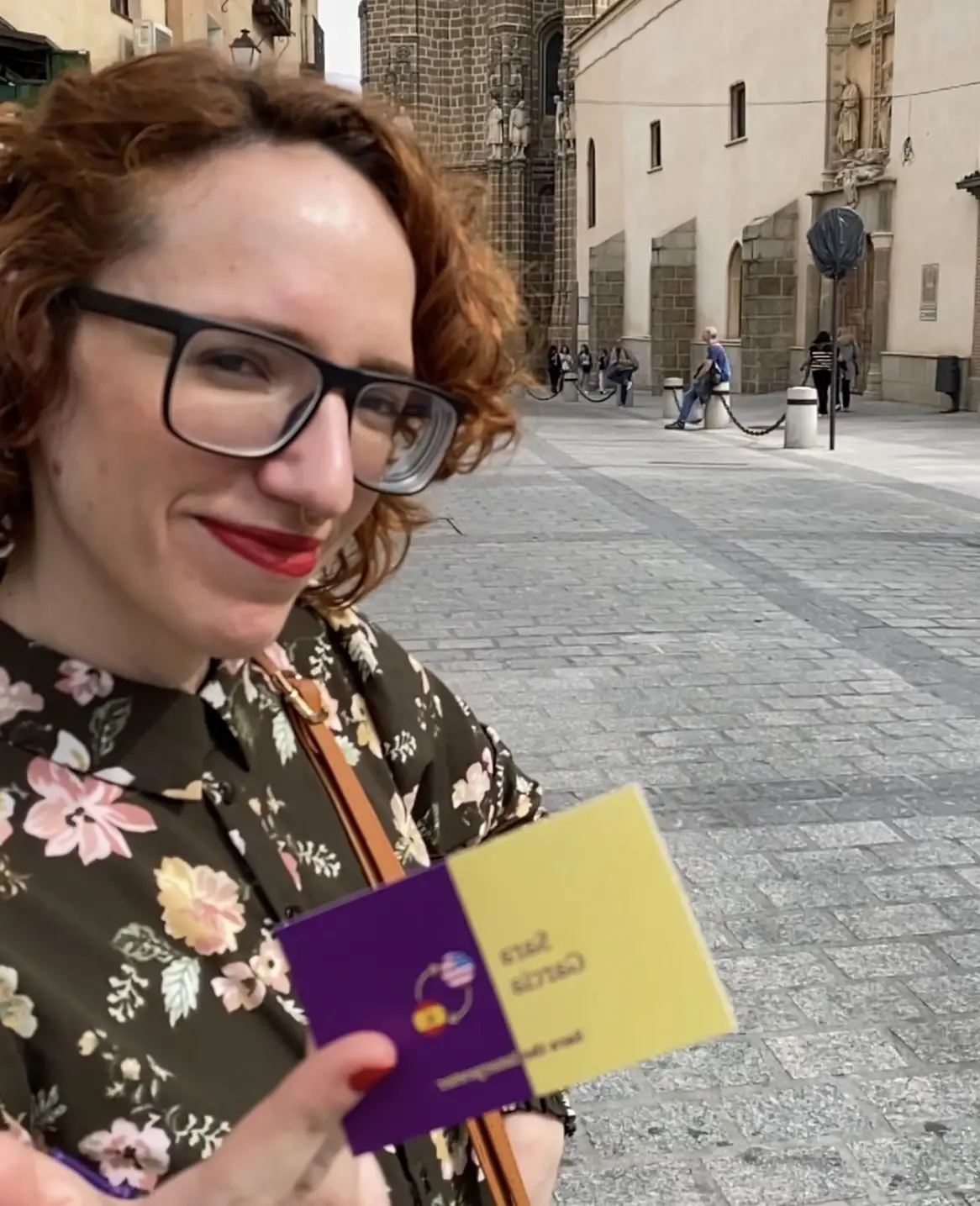Excellent question. The variety of Spanish that “normally comes out” when I am interpreting is a Latin American variety. I have an Argentine accent (I was born and raised in Argentina), and in professional settings I typically use the forms “tú/usted” and “ustedes”, as appropriate, to establish different levels of formality between the communicative parties involved as required by the communicative situation.
However, linguistic variety involves several other layers besides grammar and accent (and requires several extra paragraphs to elaborate!). Therefore, whenever there is information available about the target audience, my goal is to use the vocabulary that makes the most sense to them—for example, saying “fresas” in Mexico and Spain or “frutillas” in Argentina to describe strawberries.
My point being—trust me, you are in very good hands. I have been the voice of people from all corners of Spain and Latin America (and their language specificities) for years. When it comes to language varieties, every interpreting assignment for a Spanish-speaking audience has shown me there is far more bringing us together than pulling us apart.

